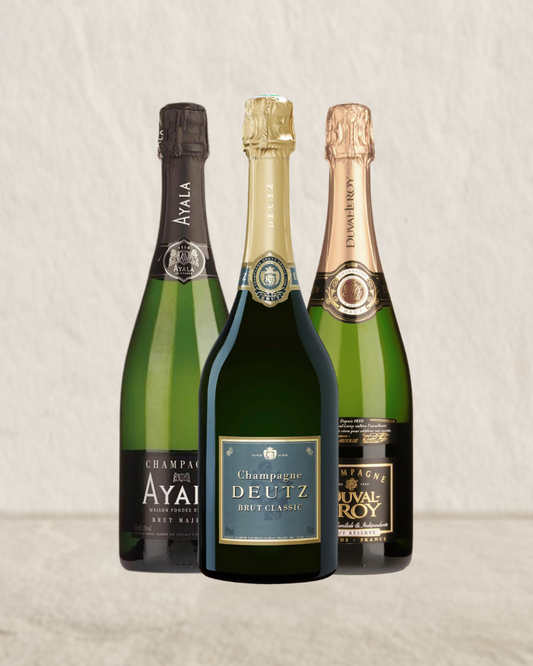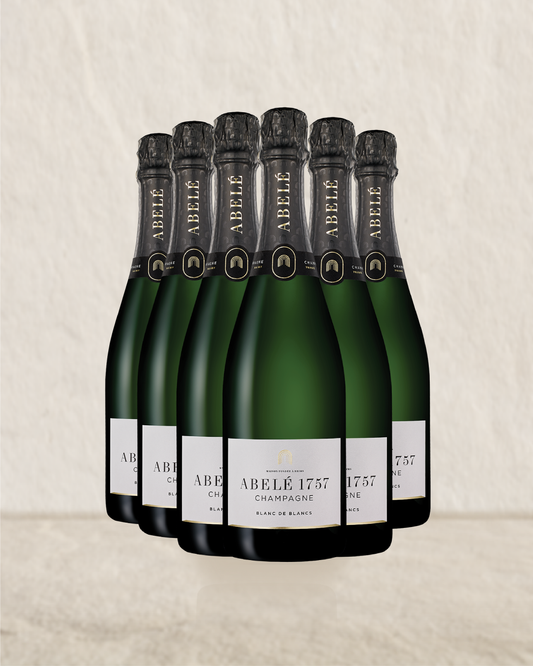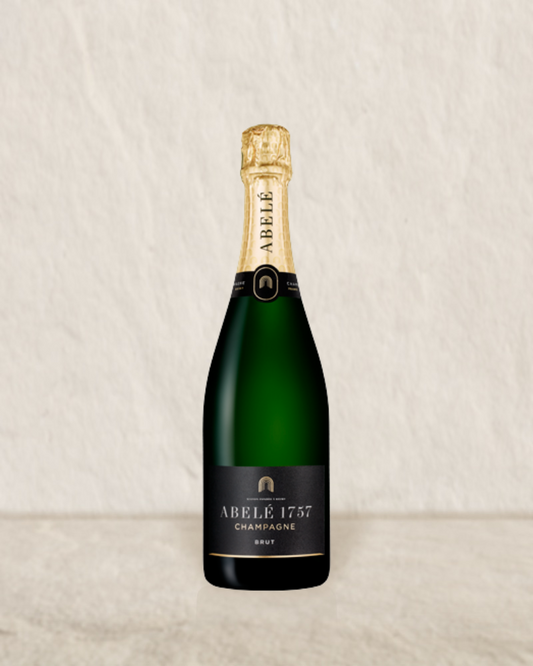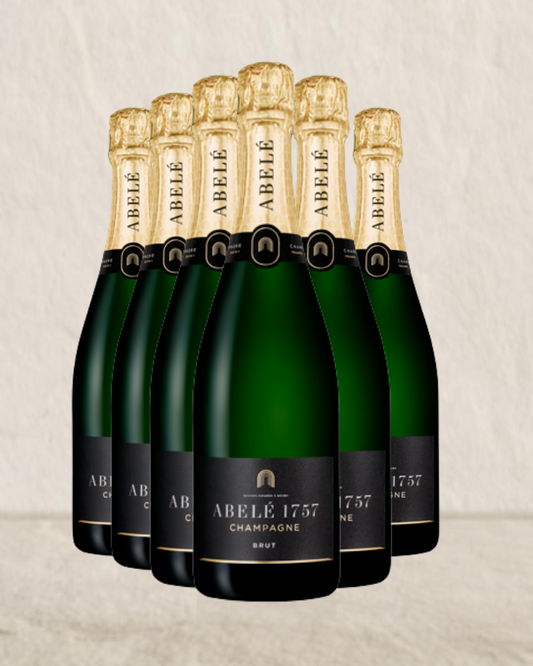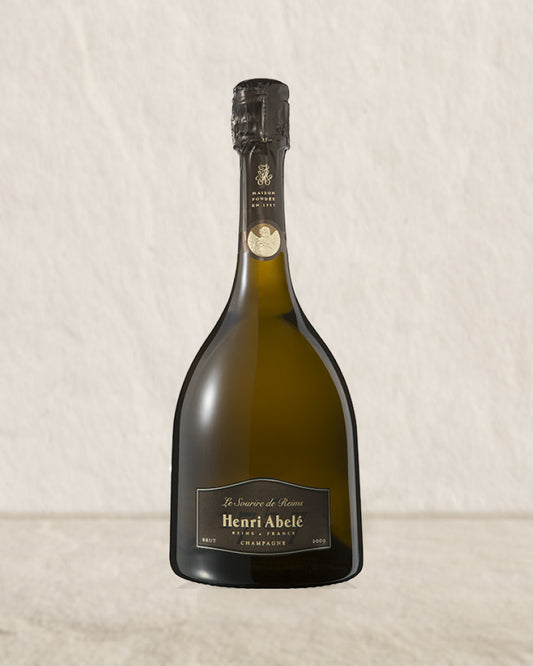The Champagne province is located in the eastern part of the area known as the Ile de France or Parisian Basin. This was once an inland sea that covered most of France until about 70 million years ago. This sea had seen the development of various marine organisms, such as sea urchins, sponges, starfish and in particular belemnites (an extinct relative to the cuttlefish/squid) During the Tertiary Era, about 30 million years ago an earthquake at the centre of the basin caused the dried up sea-bed to break up and rise some 60m.The broken up sub-soil contained huge deposits of the sea creatures fossilised remains that varies in depth between 100 to 300 metres.
Although there a large belts of chalk running hundreds of miles from the white cliffs of Dover across to Eastern Europe, no other area has such a high concentration of belemnite and micraster marls.
Champagnes chalk soils can be sub-divided into two biozones; based on the range of fossil material. The uppermost zone is ‘belemnite’ dating from the tertiary period and the lower zone ‘micraster’ (sea urchin/starfish) from the cretaceous period.
The fossil material being very rich in lime and calcite, eventually turned into chalk formations. This unique soil allows the vine roots to dig freely and deeply, with the ability to hold moisture, while at the same time allowing any excess to drain away. The temperature of the soil also remains constant throughout the year. Most of the grand cru villages are situated on belemnite chalk, with the older micraster being further down on the flat lands. It is believed by many that the belemnite chalk is superior as it releases more limestone, giving the grapes higher acidities, and assists in photosynthesis.
The negative factor of the alkaline lime-rich soils is that it limits the uptake of iron, copper, and magnesium which the vine needs to prevent chlorosis.
Geological Sub-Regions
La Champagne humide (Wet Champagne)- the eastern part of the Parisian Basin, that after the sea dried up about 70 million years ago left a soil of clay and sand whose poor permeability causes marshy conditions. Extending from Ardennes to Burgundy in the southeast, the soil is highly fertile and excellent for market gardening but inappropriate for the production of quality sparkling wines.
La Champagne pouilleuse (Dry Champagne) (previously known unflatteringly as flea-bitten or poor and lousy Champagne) situated to the west of La Champagne humide is also unfit for viticulture due to the chalk soils being fractured and porous, with an inability to retain moisture leading to a dry, dusty landscape. As it lies at the geographical crossroads of Europe, these fields have witnessed warfare and destruction throughout the centuries Its flat open terrain has been the passageway for many invasions from the barbarians to modern day. After an unsuccessful seige of Orleans, Atiila the hun retreated to the open plains of Dry Champagne where he was to suffer his only ever defeat near Chalons.
La Champagne Viticole (“wine-producing Champagne) was formed by a second seismic upheaval about 11 million years ago, raising the hills a further 150-300m, and producing a sheer chain of chalk hills containing the unique belemnite/micraster mix. The topsoils are very thin, consisting of a mixture of sand, marl, clay and lignite, which constantly require to be renewed through fertilization.
There is one Champagne district which has a distinctly different soil structure, which is the Cote des Bars, situated to the south and just 64km from Chablis.
Like Chablis the subsoil is mostly of Kimmeridgian clay. The topsoil consists of gravelly limestone, which is quite stony that helps to retain heat and enhance ripening. The majority of vineyards are planted on steep south facing slopes and is ideal for the growing of top quality Pinot Noir.

